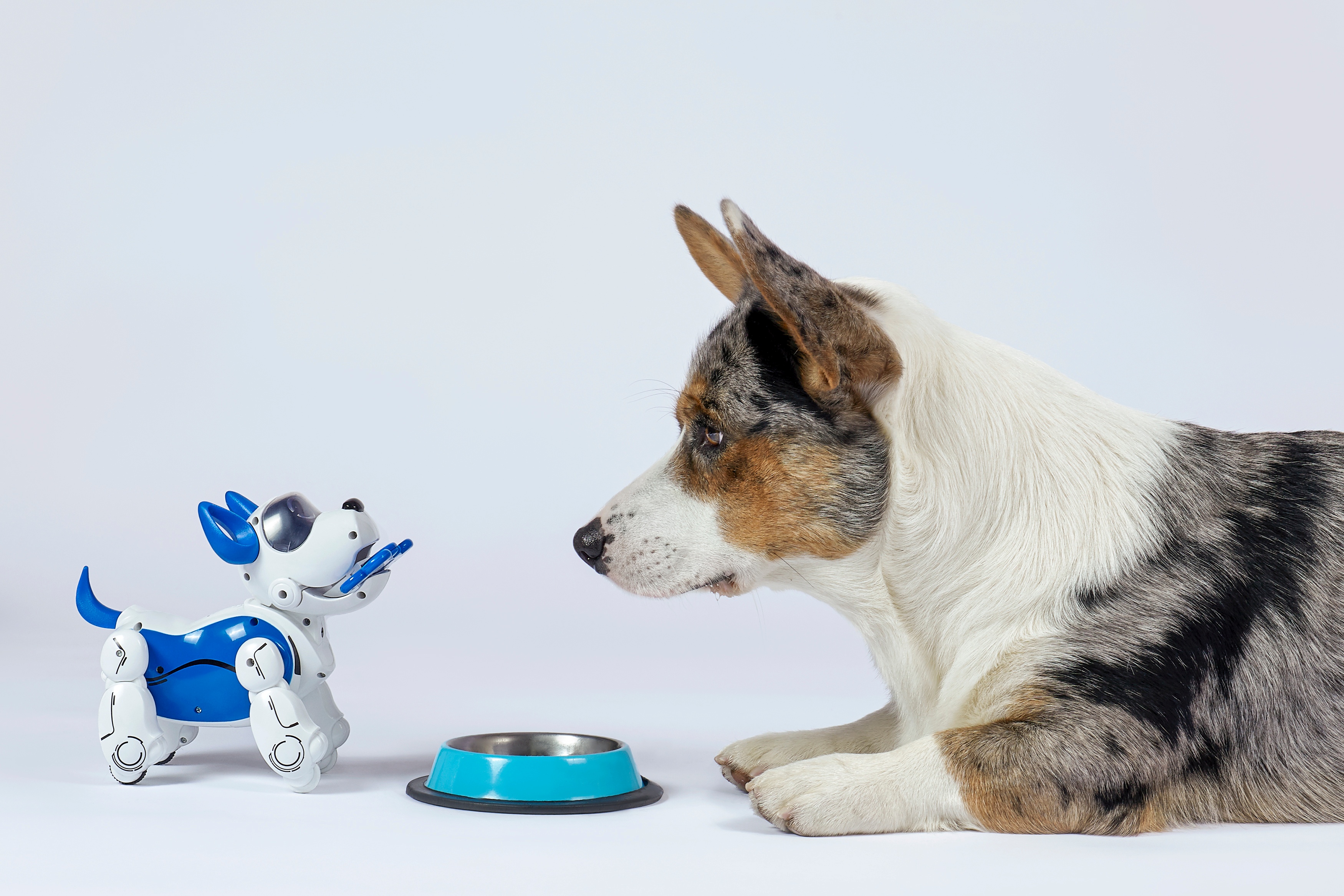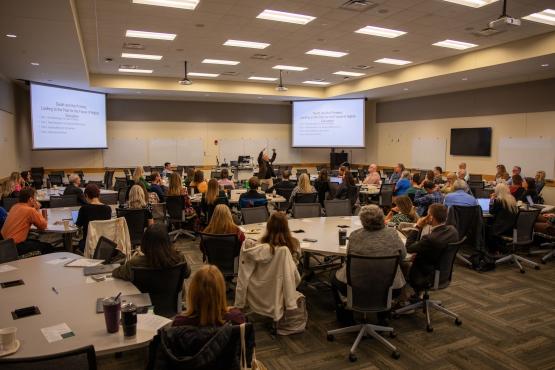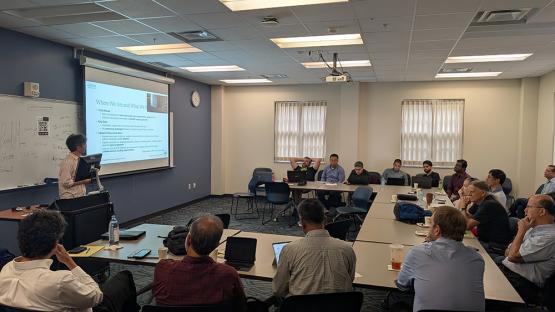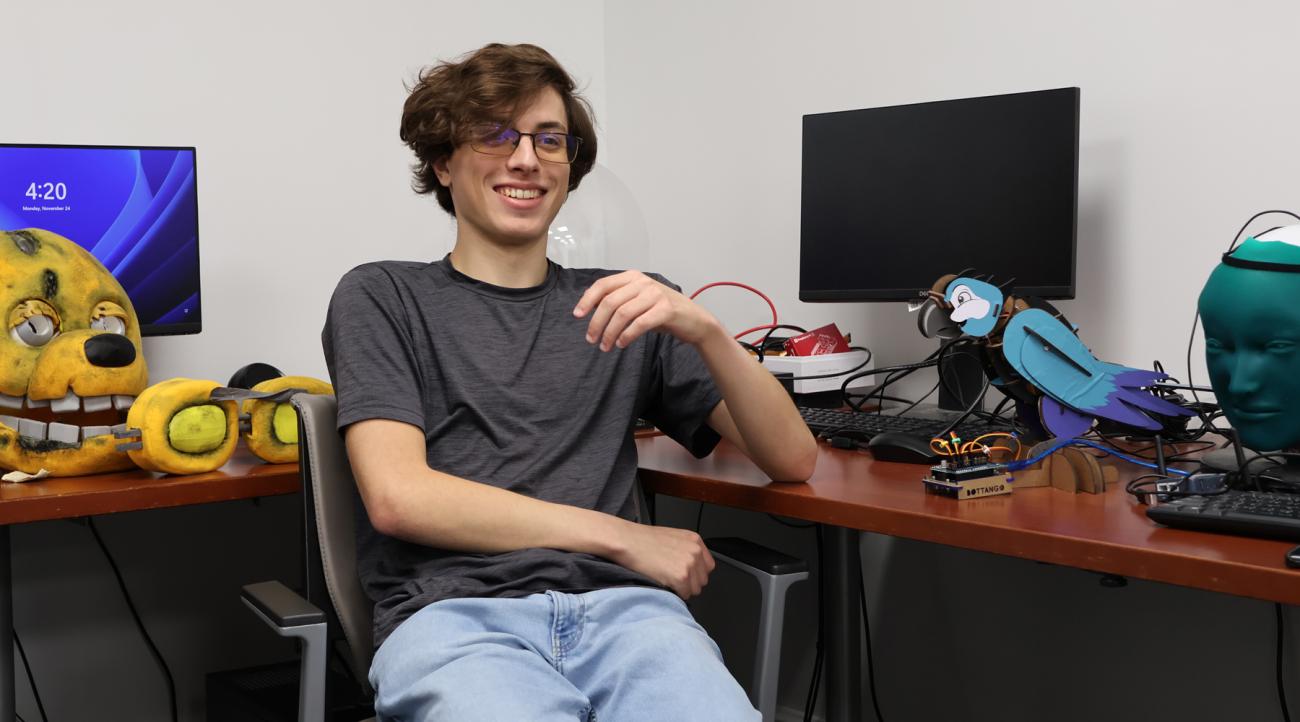
An unlikely hero is being trained to help in disaster zones. This hero is small, curious and has an excellent sense of smell. It’s also a rat.
This is not a scene from a movie. A Belgian non-profit named APOPO is training real rats to wear tiny, high-tech backpacks to find survivors in the rubble of collapsed buildings. This project is part of a global trend. Researchers are creating a new generation of helpful robots, often inspired by animals, to solve some of our biggest problems. These cute creations are working everywhere from disaster sites to the Florida Everglades. The trend is also happening right here at Ohio University.

An APOPO rescue rat wears its high-tech search and rescue backpack.
A robotic animal kingdom
This new generation of robots combines animal instinct with modern technology. In the words of Donna Kean, lead scientist for the "Rescue Rats" project, rats are "typically quite curious and like to explore – and that is key for search and rescue." Their small size allows them to go where humans and dogs cannot, while their high-tech backpacks allow rescue teams to see and communicate with trapped survivors.
In Florida, a different kind of animal robot is tackling an environmental crisis. To combat invasive Burmese pythons, researchers are deploying robotic rabbits. These decoys look, move and even smell like a real rabbit, luring the hard-to-find snakes out of hiding so they can be safely removed.
At MIT, researchers have built a tiny robot that flies like a bumblebee. The machine weighs less than a paperclip and is designed to one day help with artificial pollination in places where real bees cannot survive.
A Bobcat’s vision for the future
OHIO student Brock Klamfoth is also bringing animatronics to "life." He is a fourth-year computer science major who works in a research role in the Russ College of Engineering and Technology making animatronics "both physically and digitally." His passion is evident in two distinct projects.

The first is a little robot parrot named Maxwell that "sings and dances for people," much like an attraction at a theme park. More than just an entertaining project, Maxwell serves a key educational purpose.
"The way I see Maxwell is a good introduction for how to build animatronics as well as how to animate them," Klamfoth says. "It is mainly aimed for introducing people to robotics... an easy and relatively cheap way of learning about the animatronic/robot design and building process."
His main focus now is his senior capstone project, a humanoid robot head named EVA. It is designed to "mimic anything a human head can do," he says. In its current form, it can move its head, simulate emotions and hold scripted conversations, but Klamfoth and his senior capstone team are already deep into the next phase: to use generative AI to allow for completely unscripted conversations, to enhance the eye-tracking so it can identify more than just colors and even to smooth out its jaw movement.
To perfect the robot, the team is also building out a "digital twin." This is a virtual version of the robot that will be synced to the physical one.
"If one of the robots moves," Klamfoth explains, "the other one [moves] as well." This allows the team to test animations and troubleshoot code, making sure both versions work in perfect harmony.
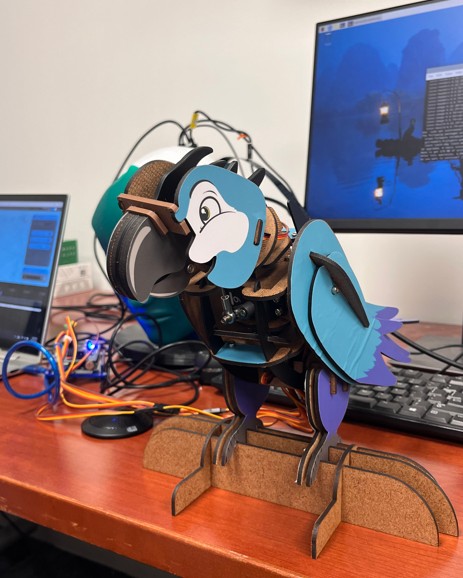
Maxwell the robot parrot sings and dances for visitors in student Brock Klamfoth's on-campus lab.
This hands-on work is crucial for making complex concepts tangible.
"Brock's work brings robotics to life by turning engineering concepts into creative, engaging experiences," says Kouree Chesser, a Lab and Student Experiences Coordinator who supervises Klamfoth. "His interactive and interdisciplinary approach helps students see how robotics and AI can be applied beyond factories—into classrooms, entertainment, and media—sparking curiosity and showing them that engineering can be both imaginative and impactful."
Klamfoth’s dream is to make science fiction a reality. He wants to create a more seamless and immersive way for people to interact with technology.
"You know robots like C3PO from Star Wars? When Luke walks up to and interacts with him, it's just C-3PO. It's no one else," Klamfoth says of his inspiration. "I want to take that and try to make it happen in our real world." His other inspirations are friendly and equally iconic. He names Disney’s lifelike animatronics and the gentle robot Baymax from Big Hero 6.
His work is also part of a larger campus community. Klamfoth founded the Animatronic Digital Engineering Initiative with the help of faculty at the Russ College of Engineering to create a space for this kind of work at Ohio University. His vision is to create companions that can be part of our daily lives. From parrots that entertain to humanoids that can hold a real conversation, his work is about exploring what's possible as we build the next generation of robotics.

